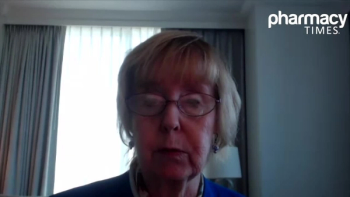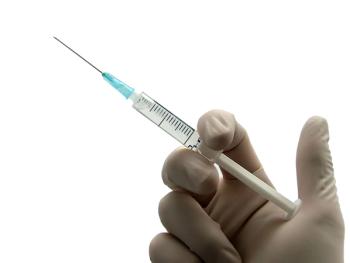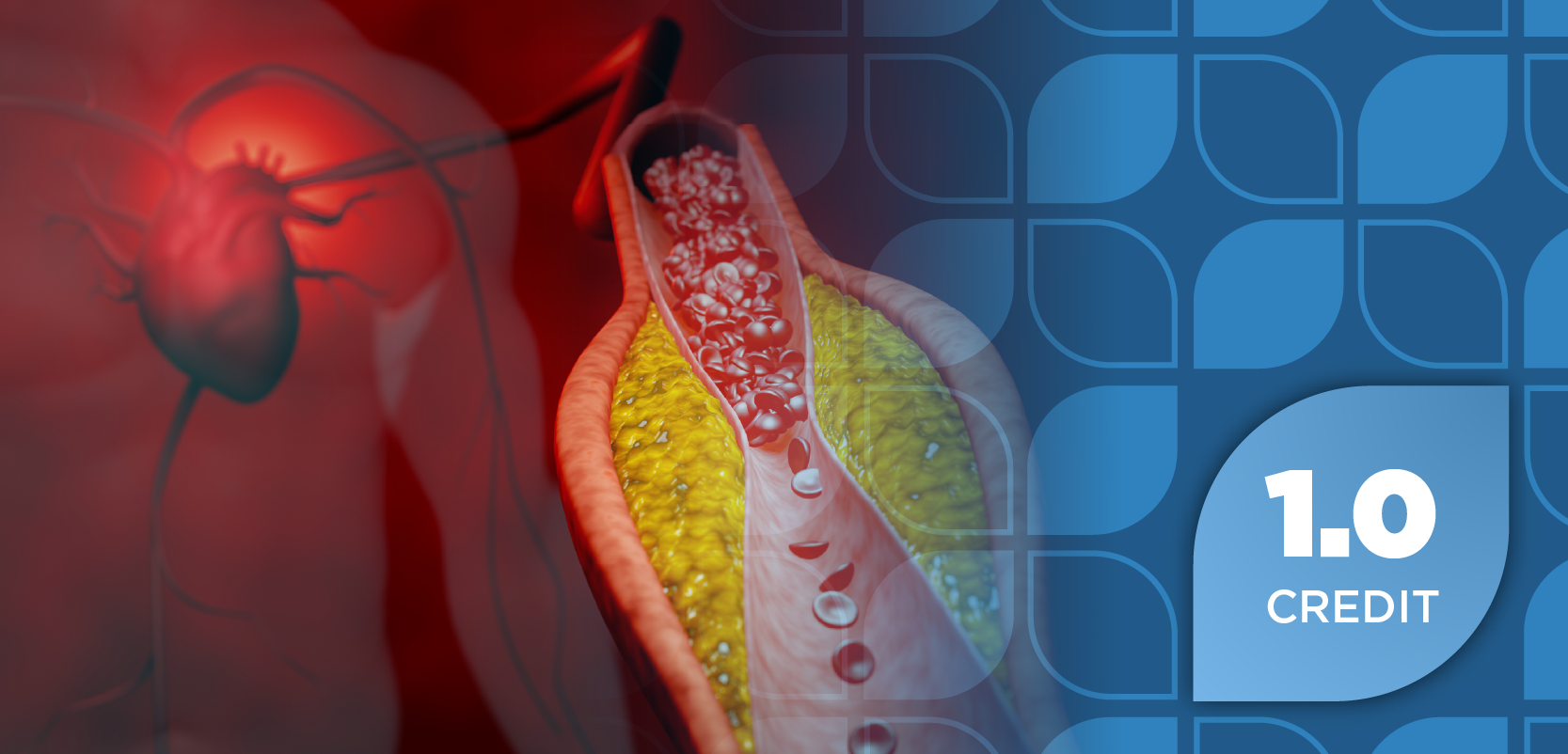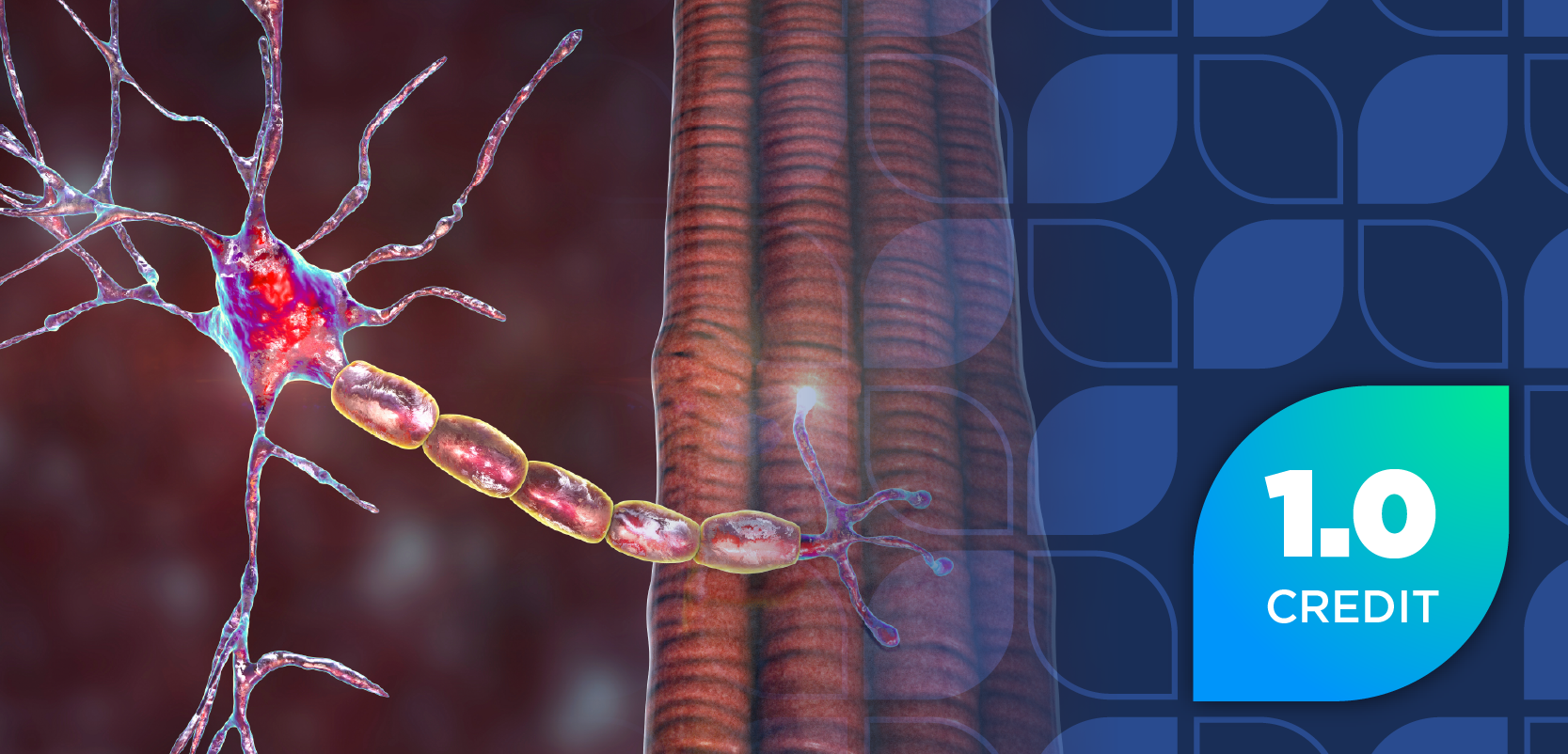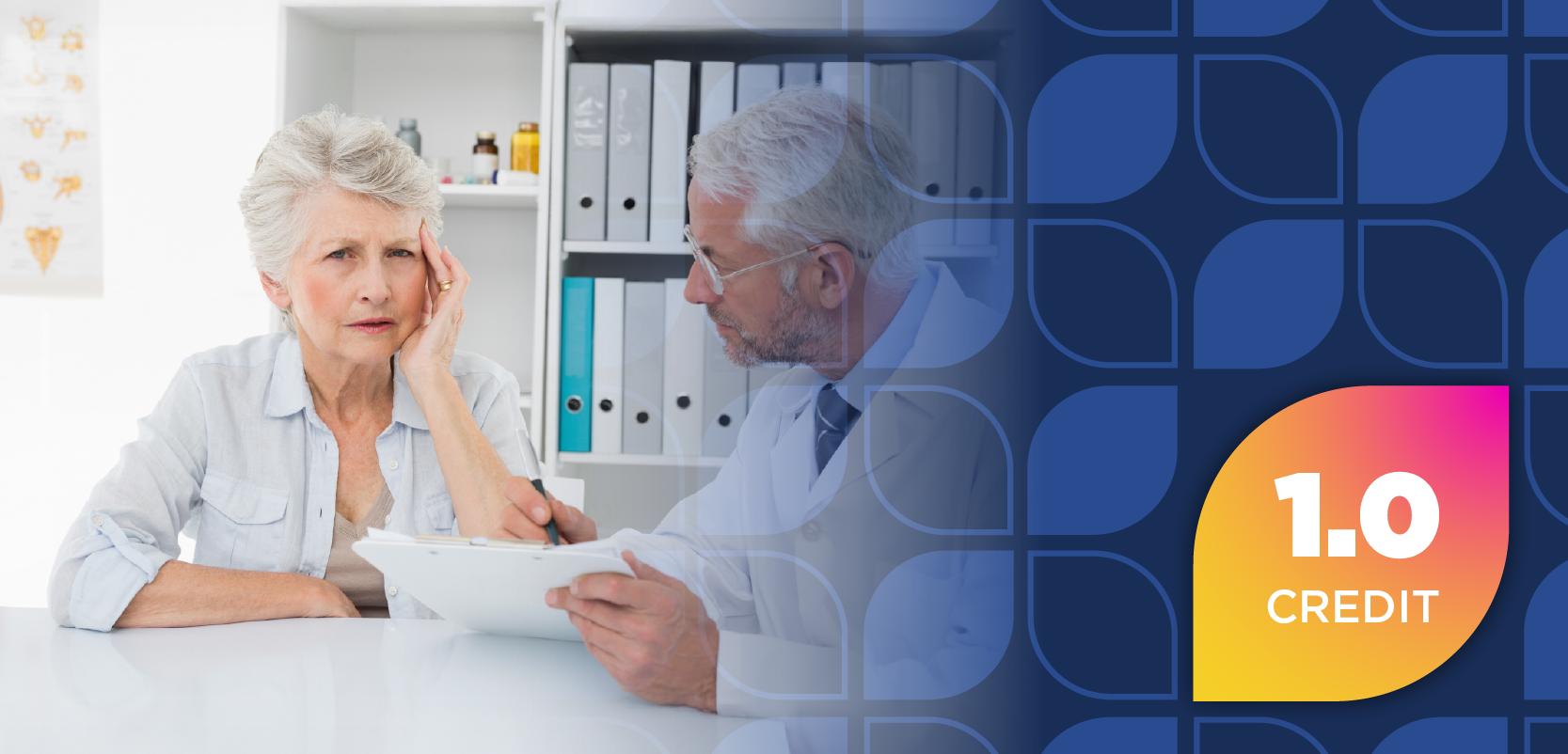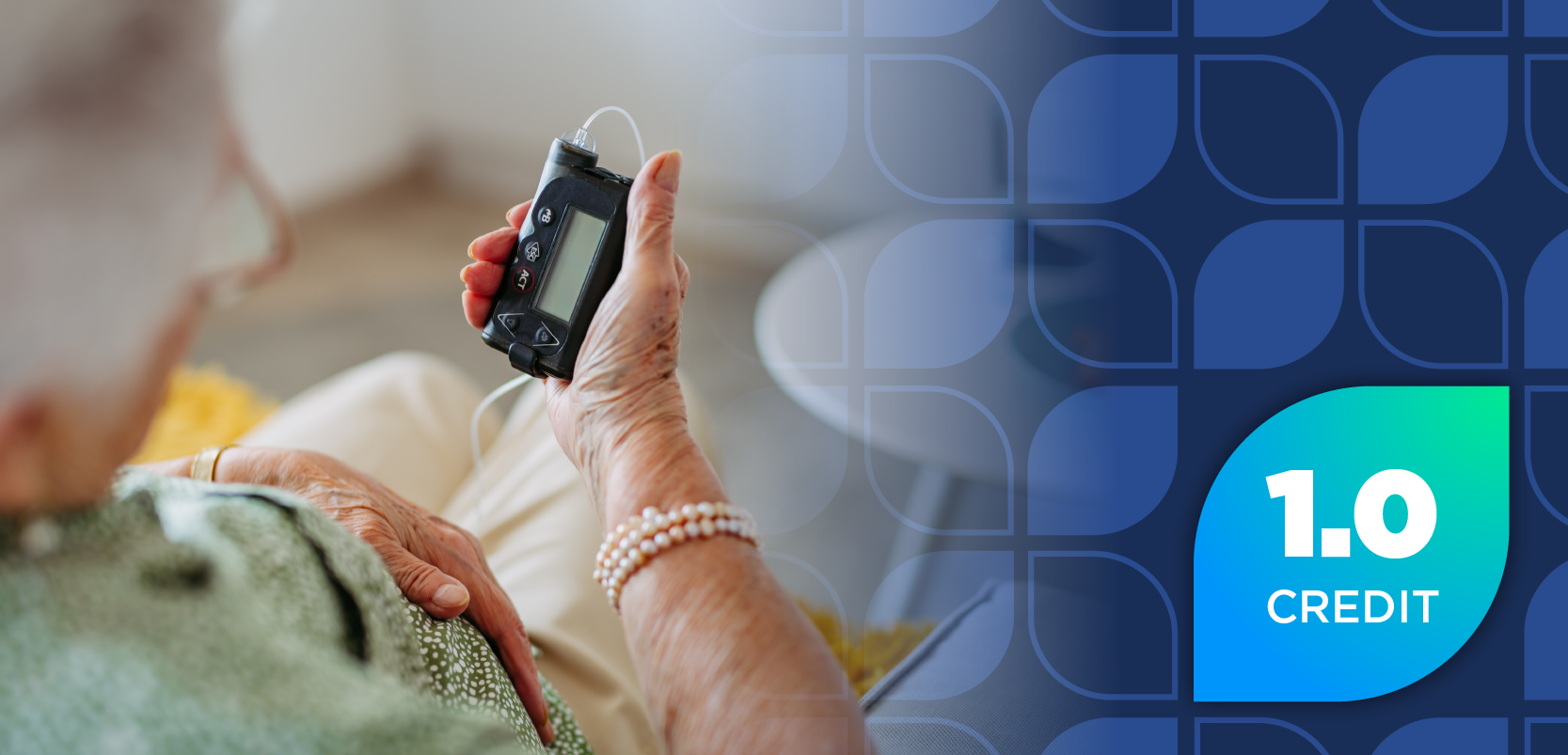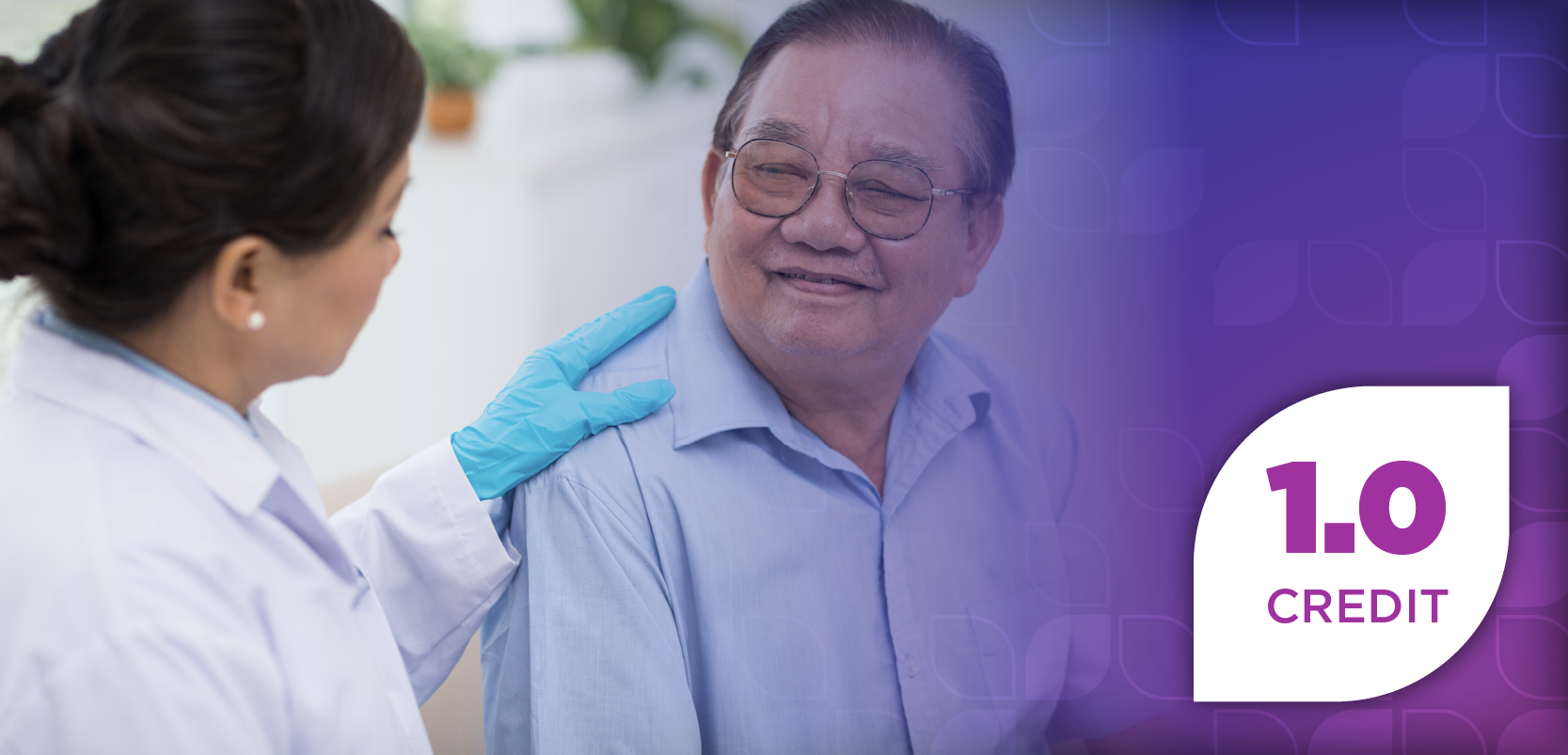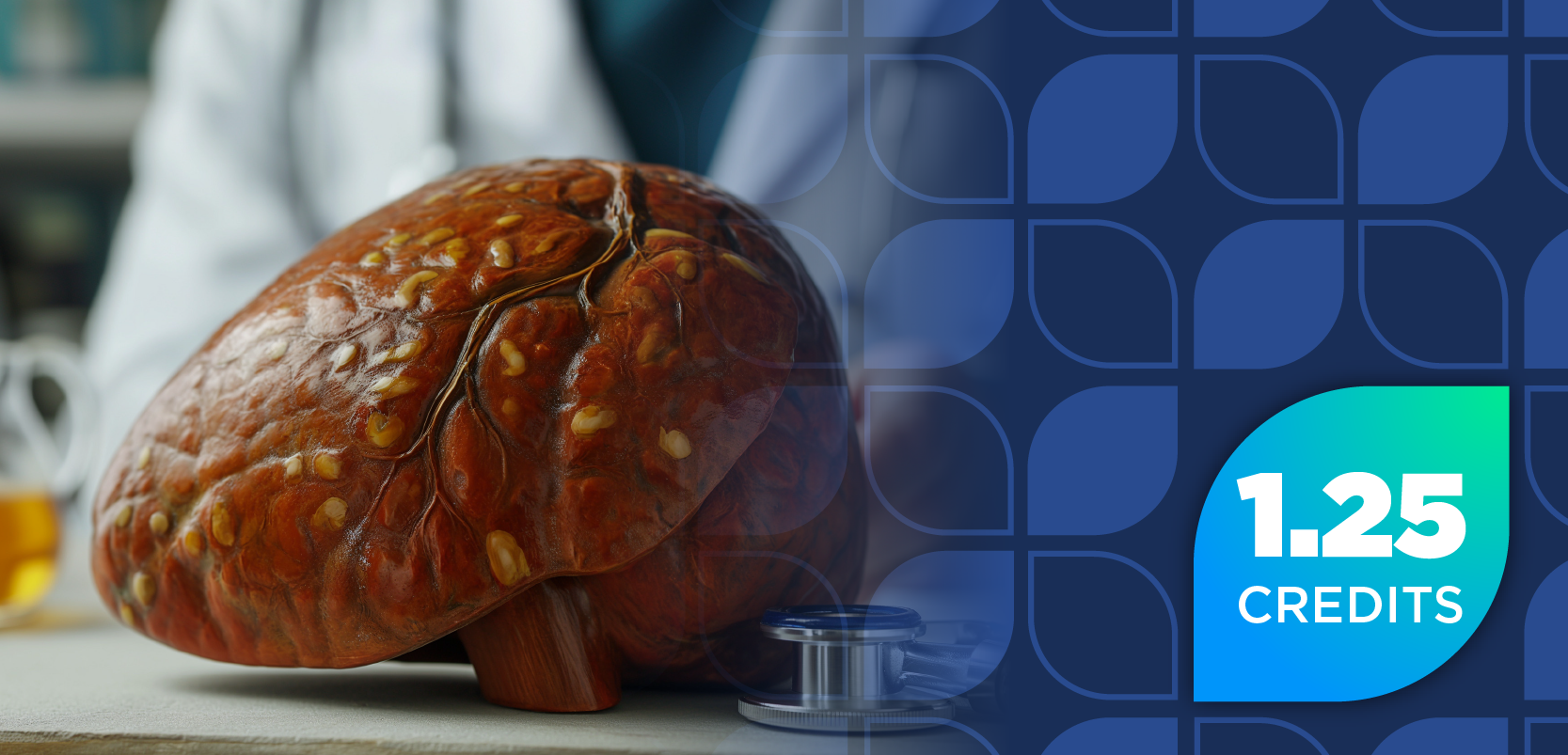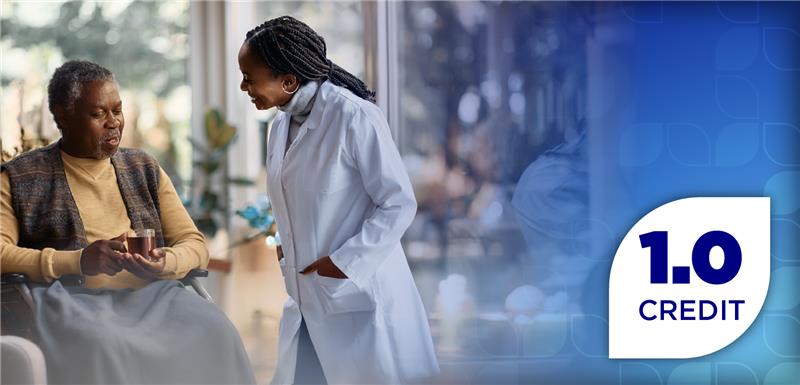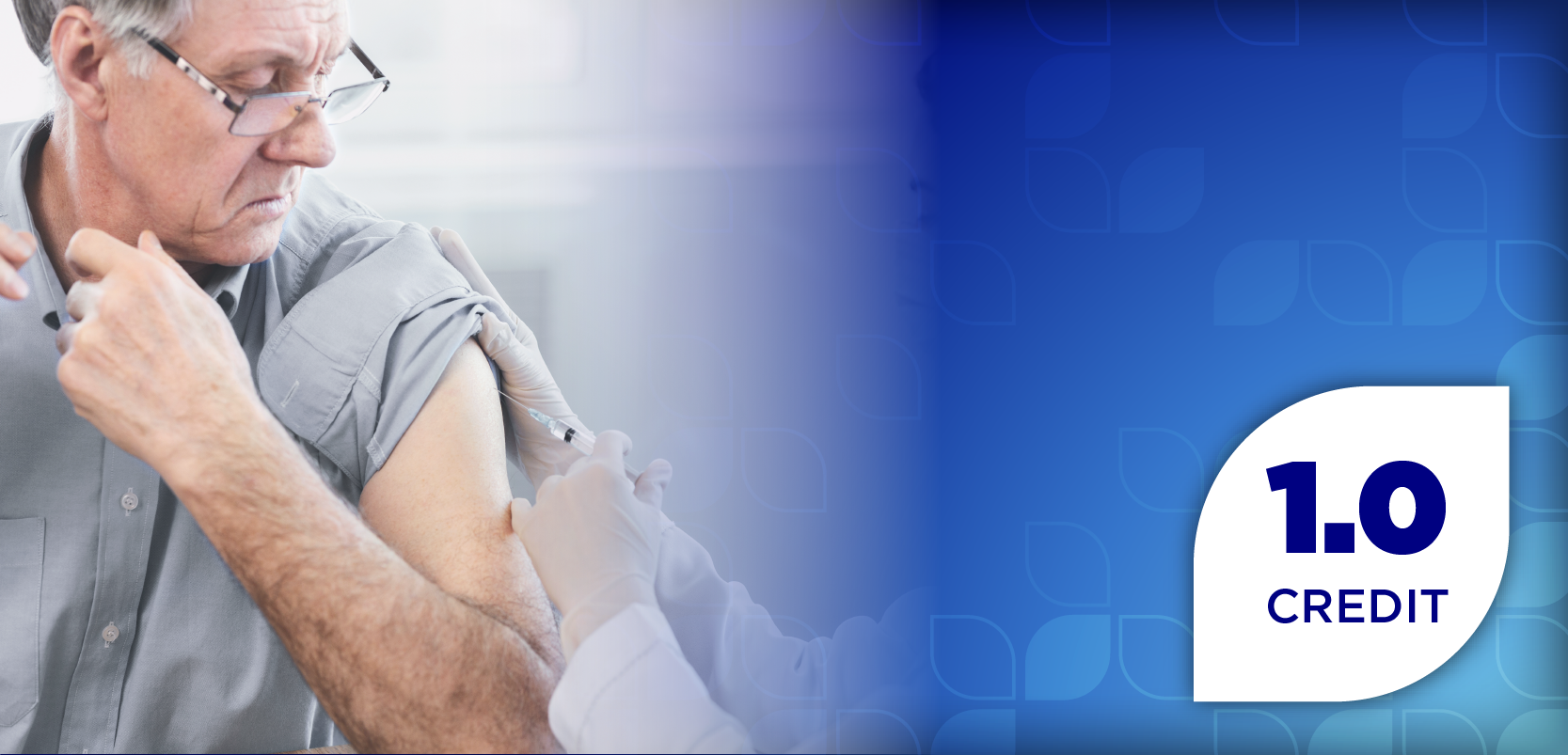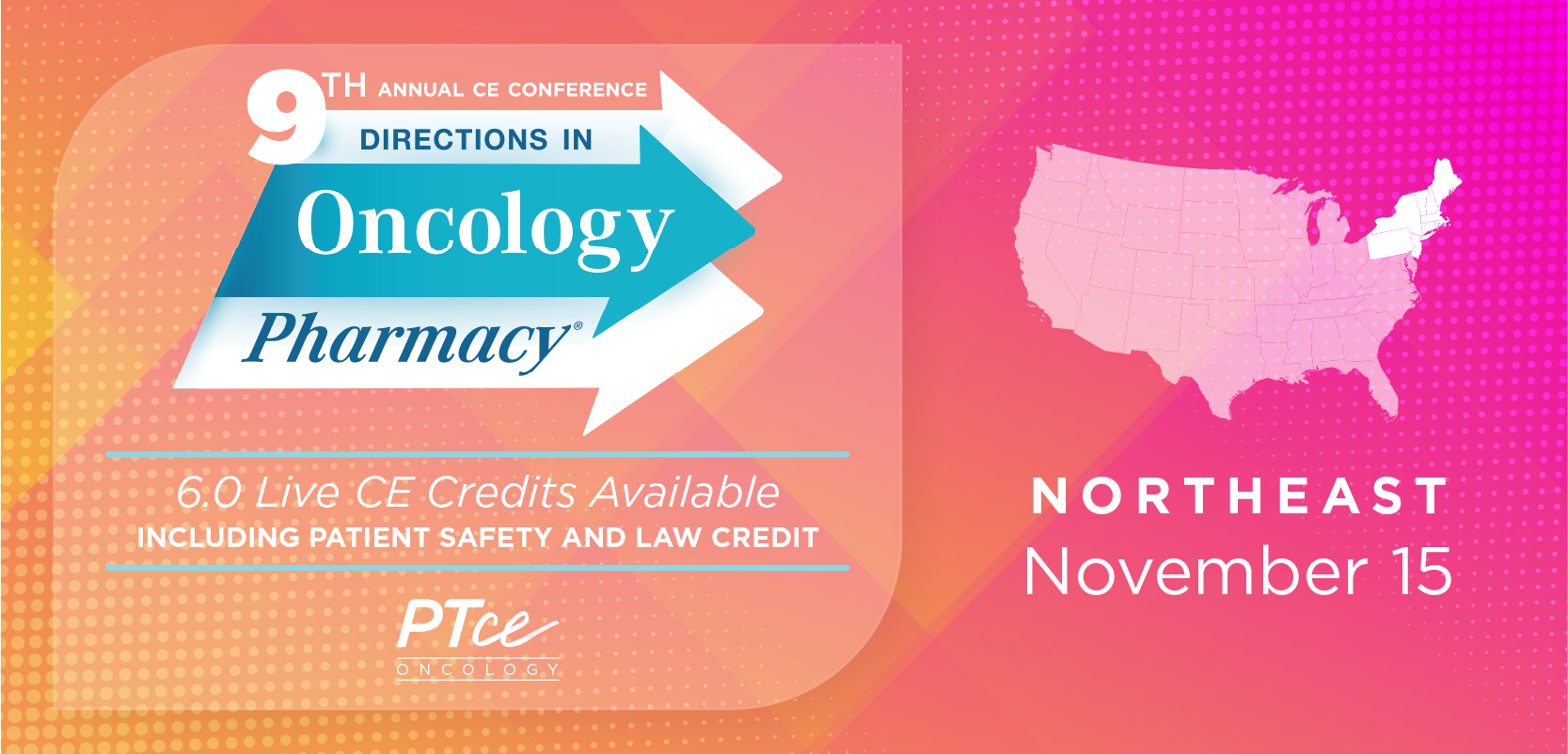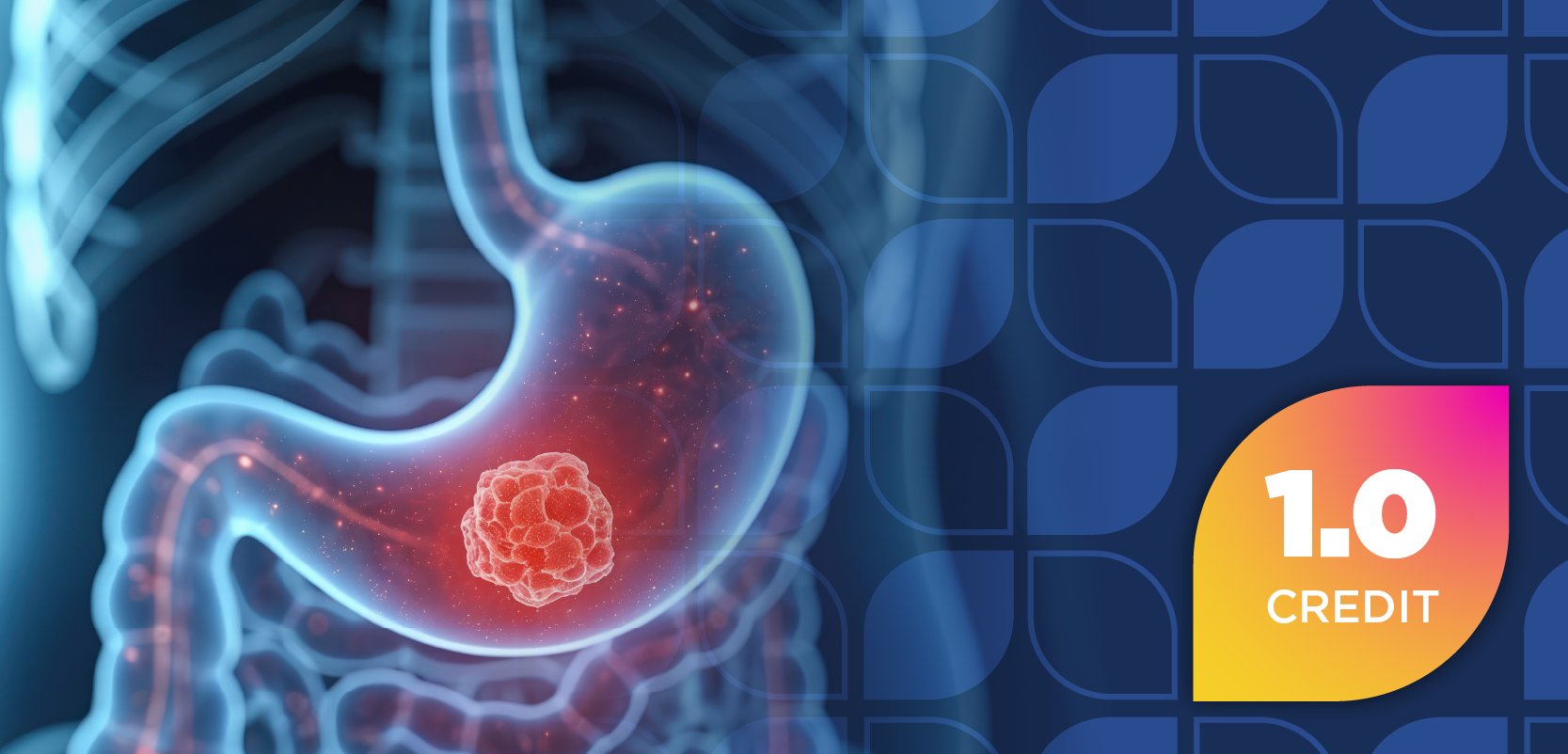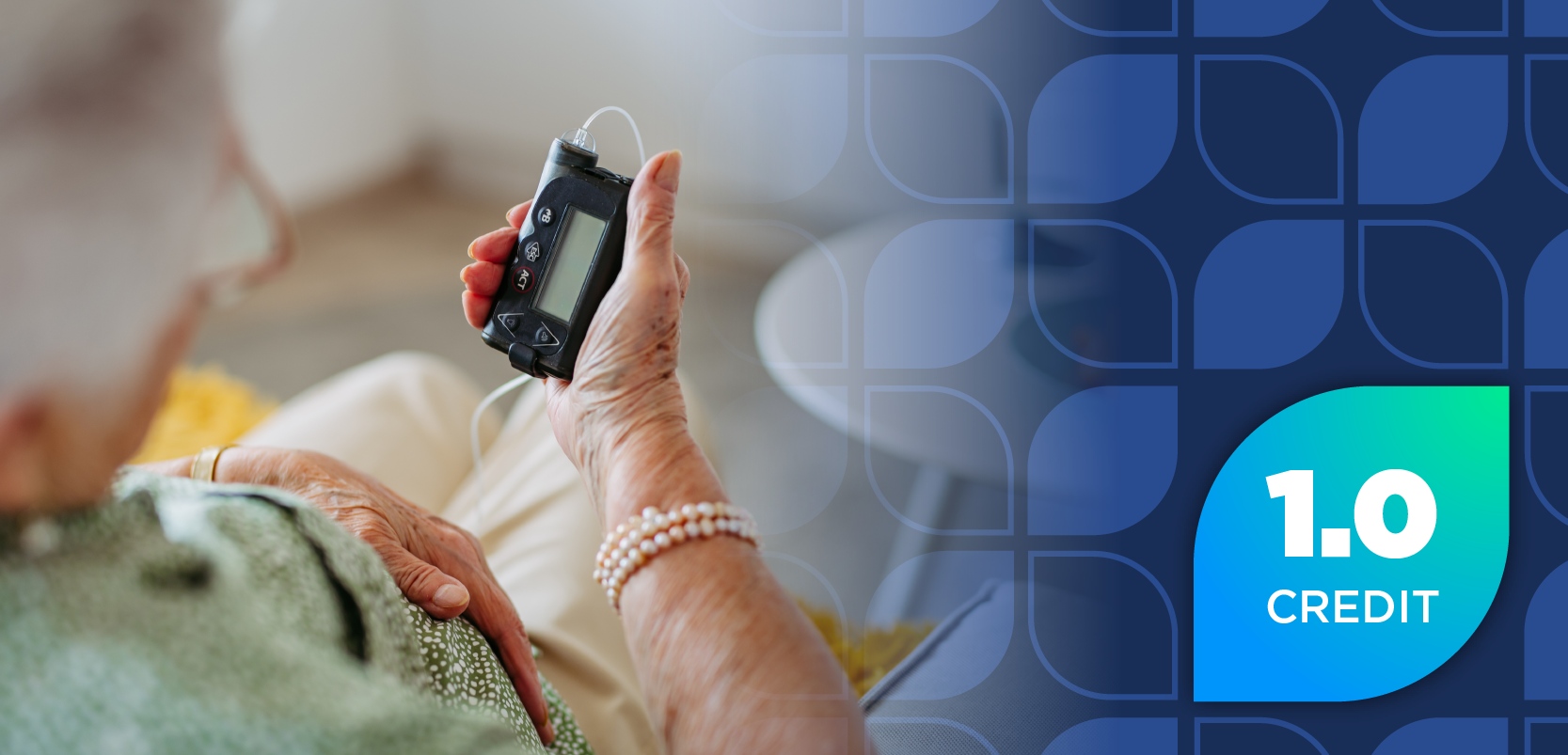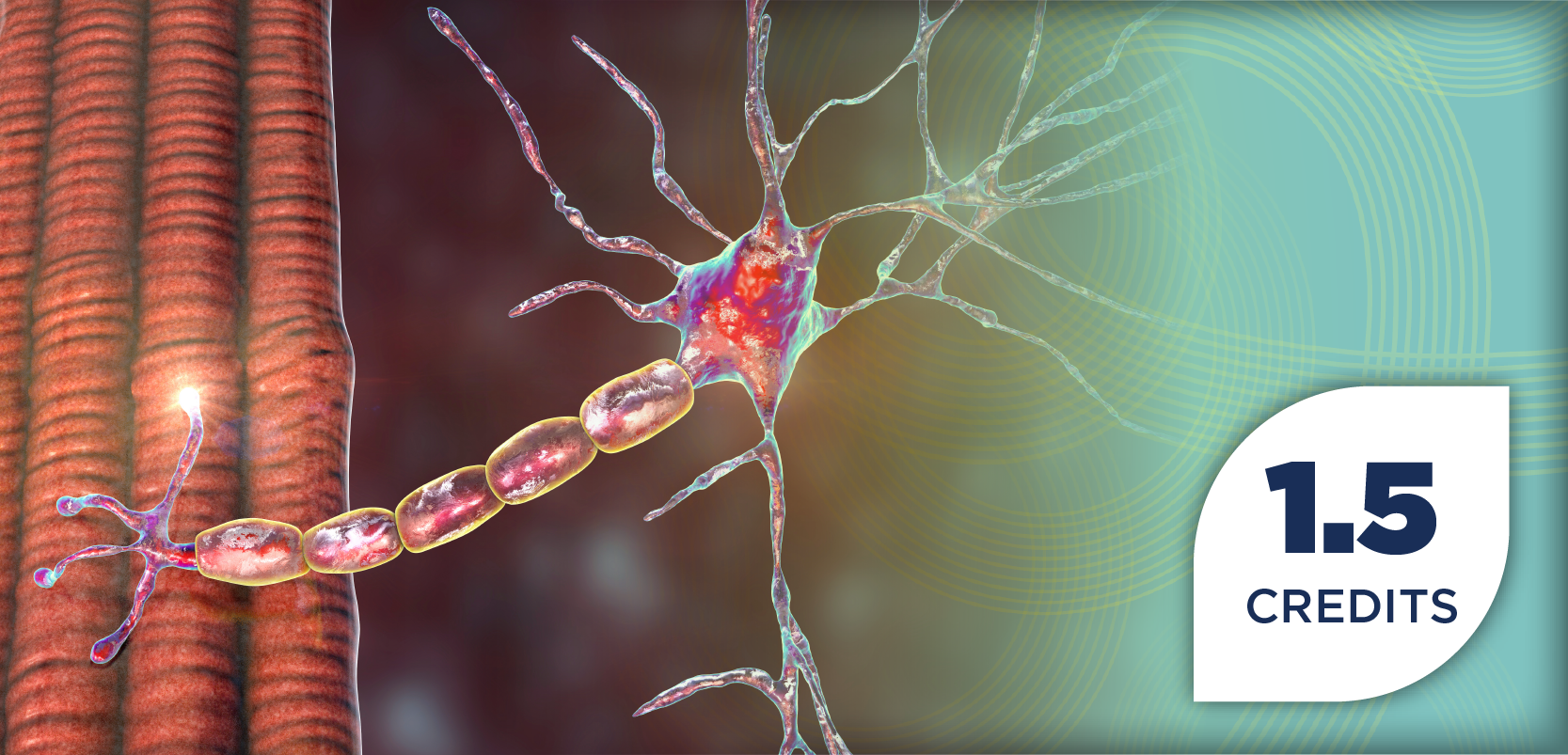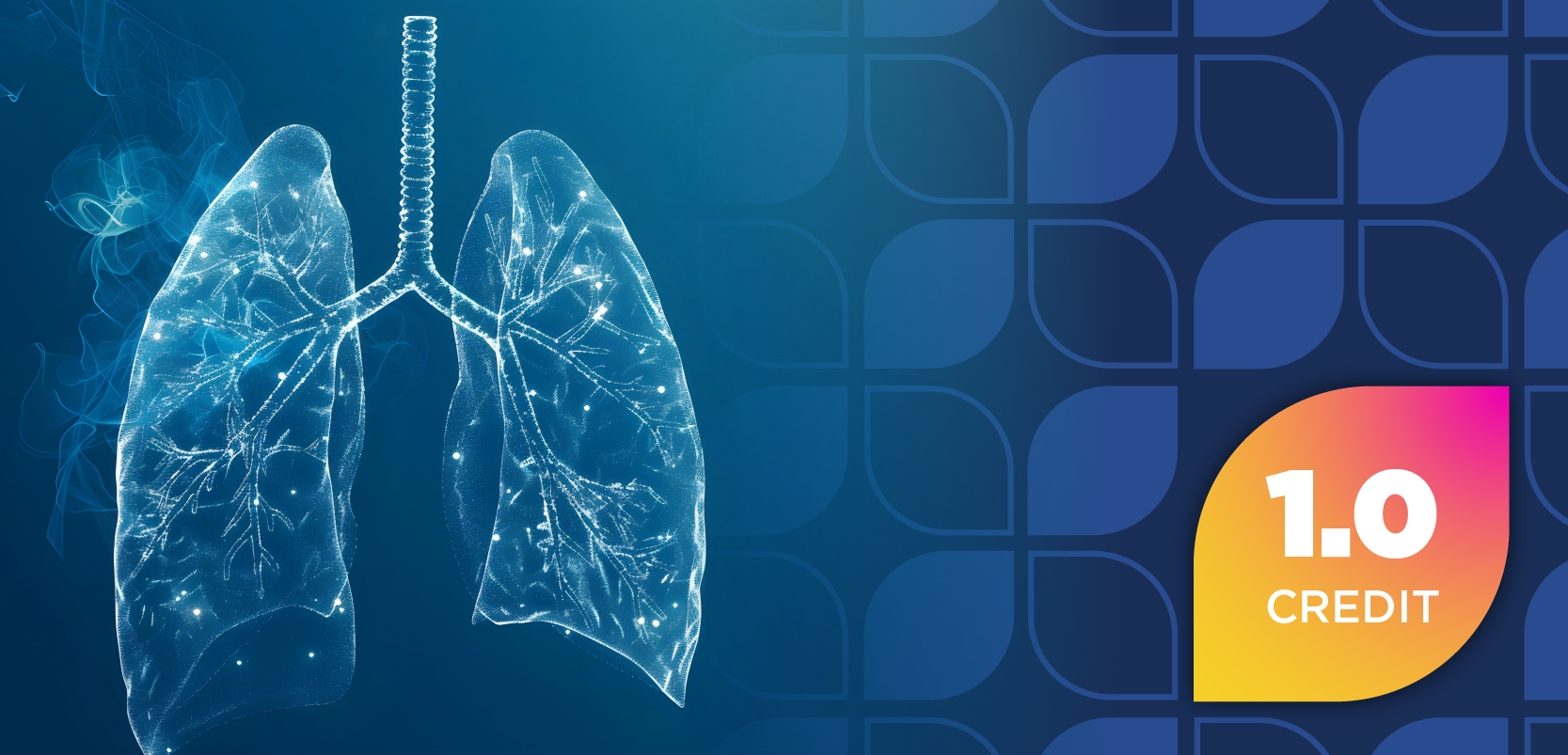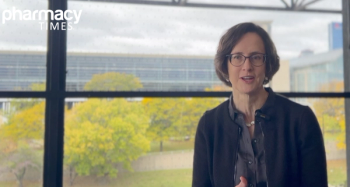
Pharmacy Practice in Focus: Health Systems
- November 2025
- Volume 14
- Issue 6
In the Fragmented Landscape of Long COVID Care, Pharmacists Are Essential
Key Takeaways
- Long COVID is a complex syndrome requiring multidisciplinary cooperation for effective management and patient support.
- Pediatric long COVID research faces challenges due to inconsistent symptom manifestations and lack of standardized definitions.
Although long COVID remains a complex disease, pharmacists are critical team members for patient symptom validation, managing polypharmacy, and navigating therapy access.
In the 5 years since the start of the COVID-19 pandemic, post–COVID-19 sequelae, also known as long COVID, have grown in notoriety and concern. Concurrently, the landscape of research, possible treatments, and patient support has become increasingly fractured. Experts at ID Week 2025 stressed that long COVID remains a complex, heterogeneous syndrome, with multidisciplinary cooperation a critical component in providing frontline support and addressing patient challenges.1
The expert panel included moderators Zanthia Wiley, MD, associate professor of medicine at Emory University School of Medicine; and Michael Peluso, MD, MHS, assistant professor of medicine at the University of California, San Francisco. Featured panelists were Marta Cerda, JD, CEO of ASI; Melissa Stockwell, MD, MPH, pediatrician, Department of Pediatrics at Columbia University Irving Medical Center and codirector of the Columbia University Primary Care Clinician Research Fellowship in Community Health; and Ighovwerha Ofotokun, MD, MSc, FIDSA, Grady Distinguished Professor of Medicine at Emory University School of Medicine.1
What Is Patients' Lived Experience of Long COVID?
Across their presentations, the panelists focused on the lived experiences of patients with long COVID, while providing updates on possible therapeutics, research initiatives, and challenges in managing pediatric, adolescent, and adult long COVID.1
Setting the tone for the conversation, Cerda shared her personal journey with long COVID. She noted the constellation of symptoms associated with her long COVID presentation, encompassing the cardiovascular (heart palpitations), digestive (nausea), musculoskeletal (leg inflammation), respiratory (scarred lungs, shortness of breath), nervous (headache, brain fog, dizziness), and integumentary (rashes) systems.1
Cerda urged the audience to imagine dealing with these symptoms, especially those that many in the public refuse to recognize as real.1
“Imagine going to work knowing that your brain does not function the way it used to. Imagine people not believing that all of this is happening to you. Please do not let millions of us suffer with long COVID,” Cerda pleaded. “We do not want to lose hope for our future.”1
Roadblocks in Pediatric and Adolescent Long COVID Research
Numerous misconceptions about long COVID, particularly in pediatric and adolescent populations, have been disseminated since the condition first became a public health concern. For one thing, many individuals simply do not believe that children can develop long COVID. At the beginning of her presentation, Stockwell sought to address this misconception head-on.1
“We know that long COVID is a significant pediatric public health problem,” Stockwell explained. She cited information, which varied in predictions, estimating that 2% to 10% of children infected with COVID-19 will likely have long COVID symptoms, which could mean 1.3 million to 6.5 million children have long COVID. Thus, more children would have long COVID than those who have asthma, epilepsy, or cancer. In Stockwell’s view, “Long COVID is not rare.”1,2
Stockwell outlined unique challenges in understanding long COVID that have made it difficult to advance the field of research. Numerous difficulties have been reported in assessing symptoms in children, especially younger ones, due to inconsistent manifestations and the inability of younger children to describe symptoms. Regarding current research initiatives, many study designs lack comparison groups, and there is no standardized definition of childhood long COVID across studies.1
Through the Researching COVID to Enhance Recovery (RECOVER) initiative, investigators such as Stockwell are seeking to better prevent and treat long COVID in the future. In the observational RECOVER-Pediatrics initiative, Stockwell and her fellow authors have begun to characterize long COVID in children and adolescents while providing an overview of symptoms present during early childhood. They were able to develop an age-specific research index to aid researchers in determining the likely presence of long COVID.1,3,4
Still, Stockwell described the current dearth of specifically dedicated trials in pediatric long COVID. Although the RECOVER initiative continues to investigate possible therapeutics, more research is desperately needed to elucidate methods for symptom relief and the underlying mechanisms of long COVID.1
"We need to protect children through research and not from research,” Stockwell concluded. “It's really important we continue our pediatric trials."1
Therapeutic Challenges
Moving to a discussion on available therapeutic options, Ofotokun noted that research and development face major hurdles because long COVID is so poorly understood. Echoing concerns from Stockwell, he said the lack of a standard definition that encompasses all clinical manifestations of long COVID, along with a disease trajectory that varies widely from patient to patient, makes clinical trial data difficult to interpret.1
Various agents have been or are being evaluated as possible therapeutics for long COVID management. Ofotokun characterized these treatments into those acting as antivirals, those acting as immune modulators, and those providing symptomatic relief.1
Antivirals
Ofotokun provided a series of antiviral agents that have been tried for the treatment of long COVID. Chief among these is nirmatrelvir-ritonavir (Paxlovid; Pfizer Labs) tablets, approved by the FDA to treat mild to moderate COVID-19 in nonhospitalized patients at high risk for progression to severe disease.1,5
Numerous trials have evaluated nirmatrelvir-ritonavir in the setting of long COVID. Unfortunately, the data from these studies have generally shown that the drug combination is not meaningfully effective in long COVID care. Sawano et al published results in The Lancet Infectious Diseases indicating that nirmatrelvir-ritonavir for 15 days did not significantly improve health outcomes in patients with long COVID compared with placebo-ritonavir at day 28.1,6
Data from another trial by Geng et al, published in JAMA Internal Medicine, showed a similar conclusion. The investigators found that although the regimen was safe, there was no significant benefit regarding improvement of select long COVID symptoms.1,7
Immune Modulators
Low-dose naltrexone (Vivitrol; Alkermes, Inc), which Stockwell also cited as an intriguing agent for study, has the potential to treat the chronic inflammation associated with long COVID. The agent, originally approved in 1984, is an opioid receptor antagonist used in opioid use disorder. Ofotokun said the drug’s anti-inflammatory properties could be leveraged to address the underlying mechanisms of long COVID.1,8
Glucagon-like peptide-1 receptor agonists could also serve as candidates for long COVID treatment. The weight loss medications, specifically tirzepatide (Mounjaro, Zepbound; Eli Lilly and Company) in a microdose, may provide symptom relief without causing weight loss.1
Symptomatic Relief
Ofotokun addressed a series of methods that could provide symptomatic relief to patients with long COVID. One pertinent method is a stellate ganglion block, involving the injection of a local anesthetic that targets the sympathetic trunk of the cervical system. This injection could lead to improved neurovascular, neurocardiac, and neuroinflammatory presentations in patients with long COVID.1
What Is the Role of Pharmacists?
Clearly, “there is a lot of work to be done to come to the state where we have an effective treatment for long COVID,” as Ofotokun said. In the meantime, pharmacists are critical in ensuring that patients with long COVID are heard, their concerns are addressed, and their symptoms are managed as effectively as possible.1
Stockwell agreed with this sentiment, noting that pharmacist involvement in long COVID management is “an excellent idea.” She said pharmacists can act as “first-line responders” by referring patients to experts and suggesting that parents have their children evaluated for long COVID. Pharmacists can “really try to get the message as much as possible to anybody that long COVID exists, that it can look different than in adults, and that you should talk to your pediatrician” to consider evaluation.1
Agreeing with Stockwell, Ofotokun said patient validation is essential. He explained that patients can feel ignored by their providers and end up feeling as though their symptoms are “in their head.” Pharmacists can ensure that patients’ experiences are validated and their biological abnormalities are recognized. Further, Ofotokun explained that although research is ongoing for direct long COVID treatments, pharmacists can prescribe treatments for those symptoms that can be addressed.1
Especially in clinics, pharmacists “are a really critical and often underappreciated member of the team,” Peluso said. They can use their medication expertise to evaluate drug combinations or supplements that patients may be experimenting with, assessing whether they may be making their symptoms worse due to unexpected drug-drug interactions.1
“Having a pharmacist on the team to really be on the lookout for those potential issues and help navigate them is really important,” Peluso explained.1
REFERENCES
1. Wiley Z, Peluso M, Ofotokun I, Cerda M, Stockwell M. Long COVID: where are we now and what can we do? Panel presented at: Infectious Disease Week 2025 Annual Meeting; October 19-22, 2025; Atlanta, GA. Accessed October 20, 2025.
2. Pellegrino R, Chiappini E, Licari A, Galli L, Marseglia GL. Prevalence and clinical presentation of long COVID in children: a systematic review. Eur J Pediatr. 2022;181(12):3995-4009. doi:10.1007/s00431-022-04600-x
3. Gross RS, Thaweethai T, Kleinman LC, et al; RECOVER-Pediatrics Consortium; RECOVER-Pediatrics Group Authors. Characterizing long COVID in children and adolescents. JAMA. 2024;332(14):1174-1188. doi:10.1001/jama.2024.12747
4. Gross RS, Thaweethai T, Salisbury AL, et al; RECOVER-Pediatrics Consortium; RECOVER-Pediatrics Group Authors. Characterizing long COVID symptoms during early childhood. JAMA Pediatr. 2025;179(7):781-792. doi:10.1001/jamapediatrics.2025.1066
5. Nirmatrelvir and ritonavir (oral route). Mayo Clinic. Updated October 1, 2025. Accessed October 20, 2025. https://www.mayoclinic.org/drugs-supplements/nirmatrelvir-and-ritonavir-oral-route/description/drg-20528231
6. Sawano M, Bhattacharjee B, Caraballo C, et al. Nirmatrelvir-ritonavir versus placebo-ritonavir in individuals with long COVID in the USA (PAX LC): a double-blind, randomised, placebo-controlled, phase 2, decentralised trial. Lancet Infect Dis. 2025;25(8):936-946. doi:10.1016/S1473-3099(25)00073-8
7. Geng LN, Bonilla H, Hedlin H, et al. Nirmatrelvir-ritonavir and symptoms in adults with postacute sequelae of SARS-CoV-2 infection: the STOP-PASC randomized clinical trial. JAMA Intern Med. 2024;184(9):1024-1034. doi:10.1001/jamainternmed.2024.2007
8. Stancil SL, Abdel-Rahman S, Wagner J. Developmental considerations for the use of naltrexone in children and adolescents. J Pediatr Pharmacol Ther. 2021;26(7):675-695. doi:10.5863/1551-6776-26.7.675
Articles in this issue
Newsletter
Stay informed on drug updates, treatment guidelines, and pharmacy practice trends—subscribe to Pharmacy Times for weekly clinical insights.

